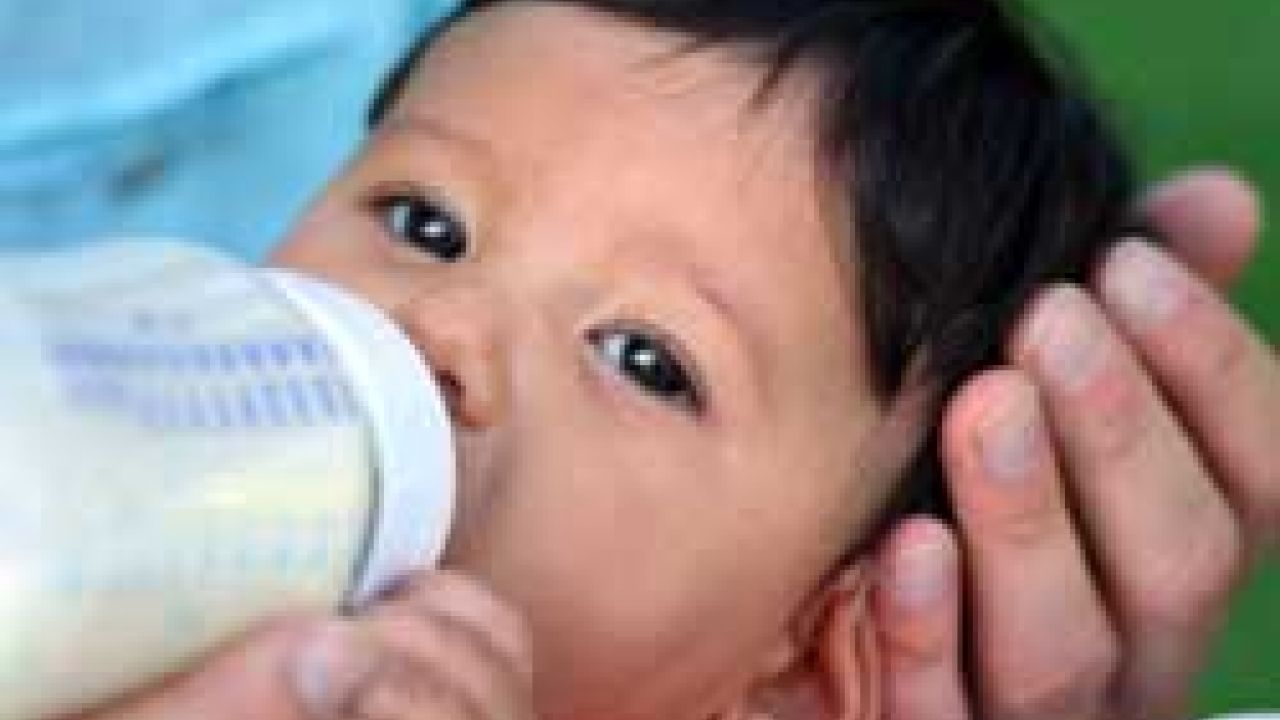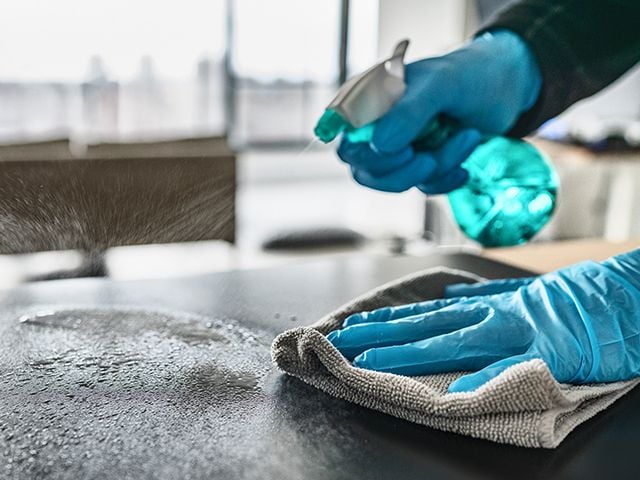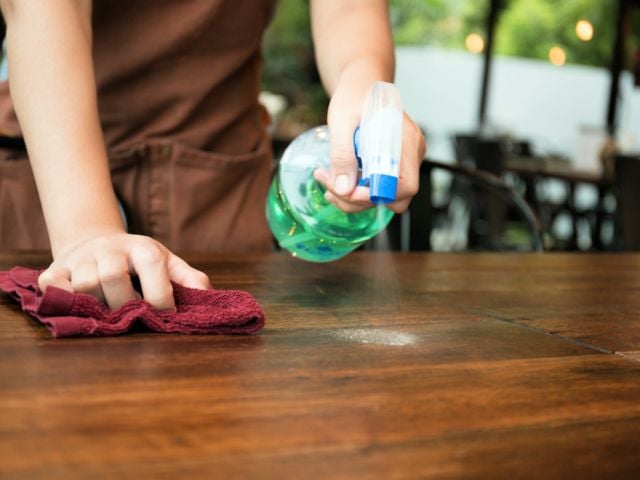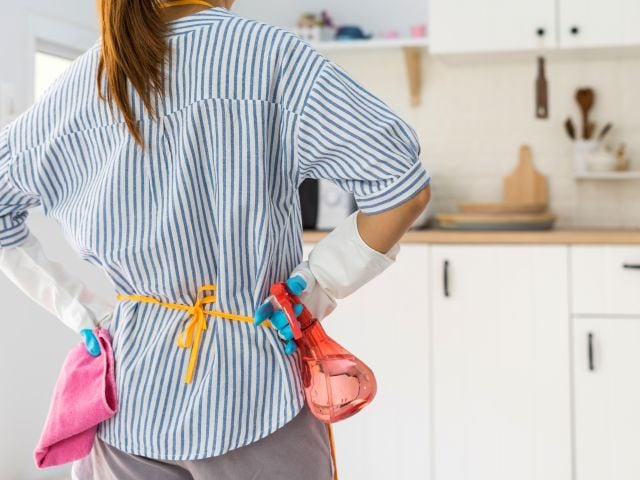
Every month we send our e-listers (yes, that could be you) a Healthy Home Tip.
Since last year, we've sent 12, ranging from picking better personal care products to greener cleaning and drinking clean water).
In May, we focused on giving kids a green and healthy start in 4 ways. Here are the basics - for the full story, visit EWG's Healthy Home Tip web page.
1. Reduce Mom's chemical exposures while pregnant Pregnancy is a critical time. A mother's chemical exposures can adversely affect her baby in many ways. Talk to your doctor about lifestyle changes that are critical -- stopping smoking, cutting out alcoholic beverages, and eating right.
Beyond that, here are some simple, but important steps, you can take to further reduce risks during pregnancy -- and beyond:
- Go organic and eat fresh foods.
- Drink safer water.
- Eat low-mercury seafood.
- Get your iodine.
- Choose better body care products.
- Wash maternity clothes before wearing.
- Identify lead sources and avoid them.
- Avoid painting and other chemical-intensive jobs when you are getting your nursery ready.
- Clean greener.
- Avoid gasoline fumes.
- Pick plastics carefully.
2. Feed your baby safely
Breast milk is best, but when you're feeding breast milk or formula in a bottle, choose safer bottles and formula:
Use a safe bottle:
- Start with a clear silicone nipple.
- Use glass. Avoid clear, hard plastic bottles marked with a 7 or "PC."
- Don't use plastic bottle liners.
- Warm bottles in a pan of hot water.
Make safe infant formula:
- Choose powdered formula.
- Use filtered tap water.
3. Create an eco-healthy home We created a short Healthy Home Checklist for you to use as you walk through your home -- and open your bathroom cabinet, look under your sink, and check those laundry supplies.
It's an easy, hands-on way to create a less toxic environment for your family. When you're done, you'll breathe easier (literally!) knowing that you've tackled the toxics that matter most in your home.
4. Clean greener at home Cleaning might be a chore, but it doesn't have to be toxic, too! Safer products and practices are available and easy. Children accidentally exposed to harsh, corrosive cleaners can suffer burns to skin and eyes, and inhaling the fumes can cause lung damage.
Exposure to low levels of these chemicals over a lifetime may increase the risk of developing serious health conditions, such as cancer or reproductive problems.
Some simple steps to green your cleaning routine:
- Less is more. Dilute your cleaning supplies according to instructions and use only what's needed to get the job done.
- Open the window. Clean with windows and doors open so you don't trap air pollution inside your home.
- Use gloves and other precautions. Cleaning chemicals may harm or penetrate skin and eyes -- check warning labels.
- Keep kids away. Children are more vulnerable to toxic chemicals. If they like to help, let them clean with soap and water, not toxic cleaners.
- Avoid "antibacterial." If your family is generally healthy, there's no need to use potentially toxic "antibacterial" products, according to the American Medical Association. Wash your hands with plain soap and water.
- Never mix bleach with ammonia, vinegar, or other acids. These combinations can produce deadly gases.
- Don't be fooled by labels -- buy certified green products. Label claims aren't always true. Cleaning supplies certified by Green Seal or EcoLogo meet green standards.
- Try natural alternatives. Experiment with non-toxic options like vinegar and baking soda.
- Take care with pine and citrus oil cleaners. Avoid using these cleaners especially on smoggy days, when the ingredients can react with ozone to produce cancer-causing formaldehyde.
- Skip the biggest hazards. Avoid air fresheners, use a baking soda and water paste to clean the oven and tackle toilet stains, and use a mechanical snake to unclog the drain.
Get details on all four tips on EWG's Healthy Home Tips page.



